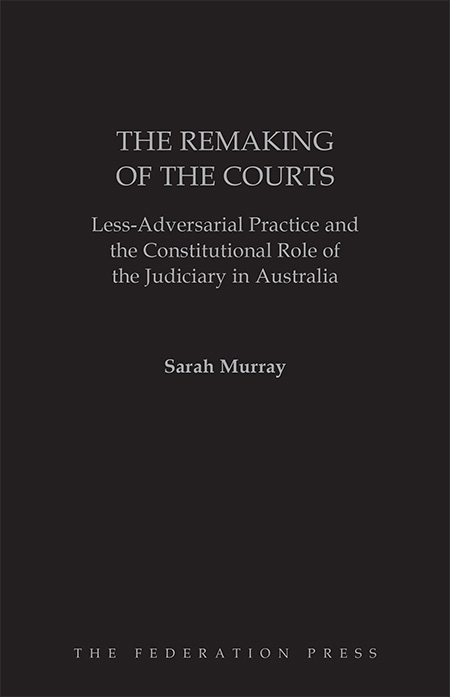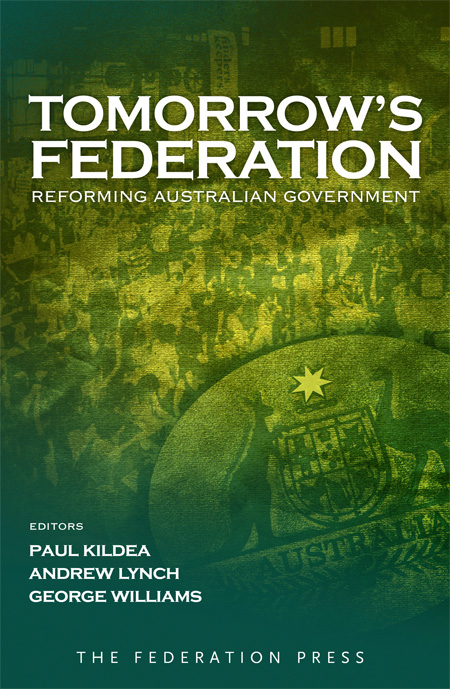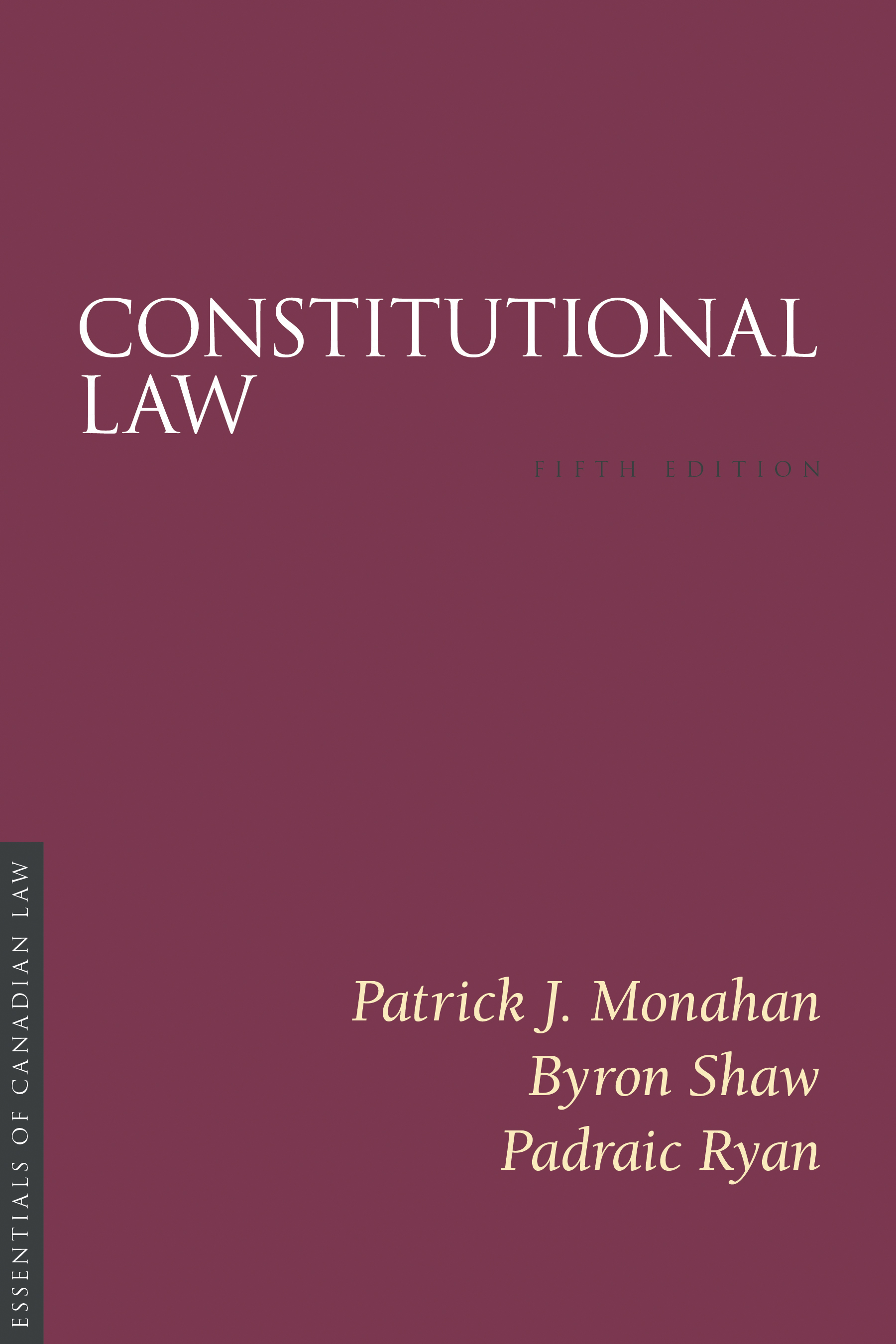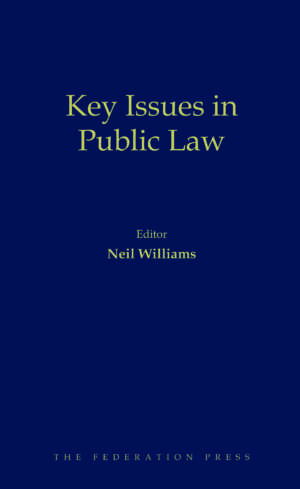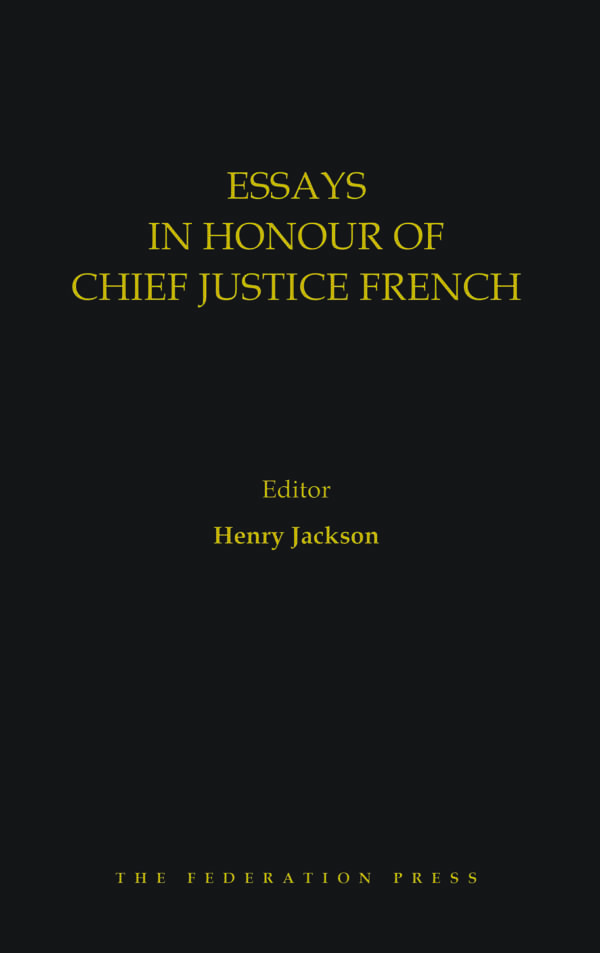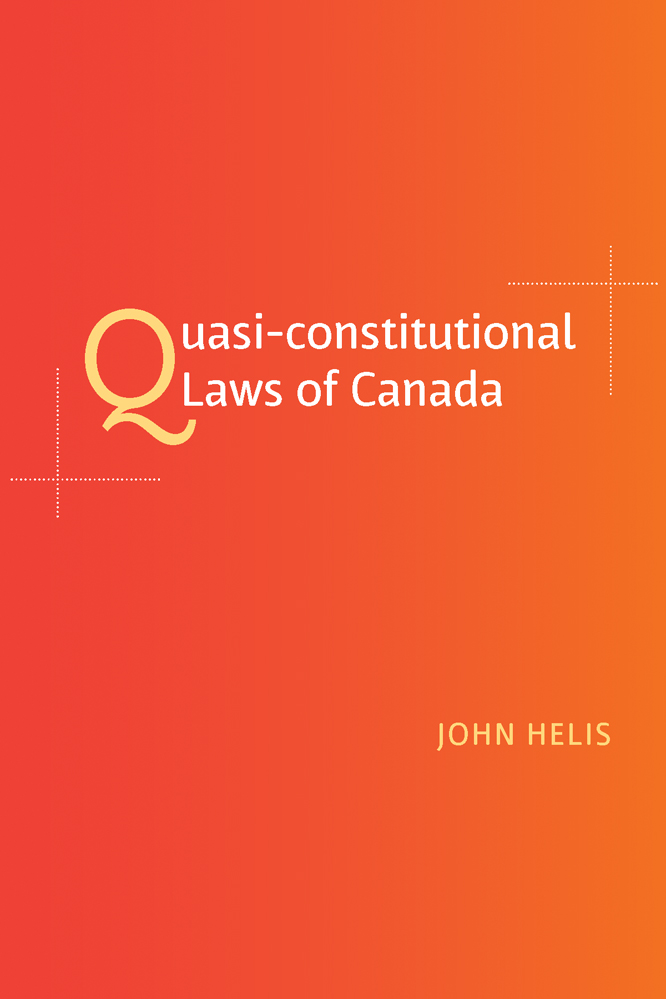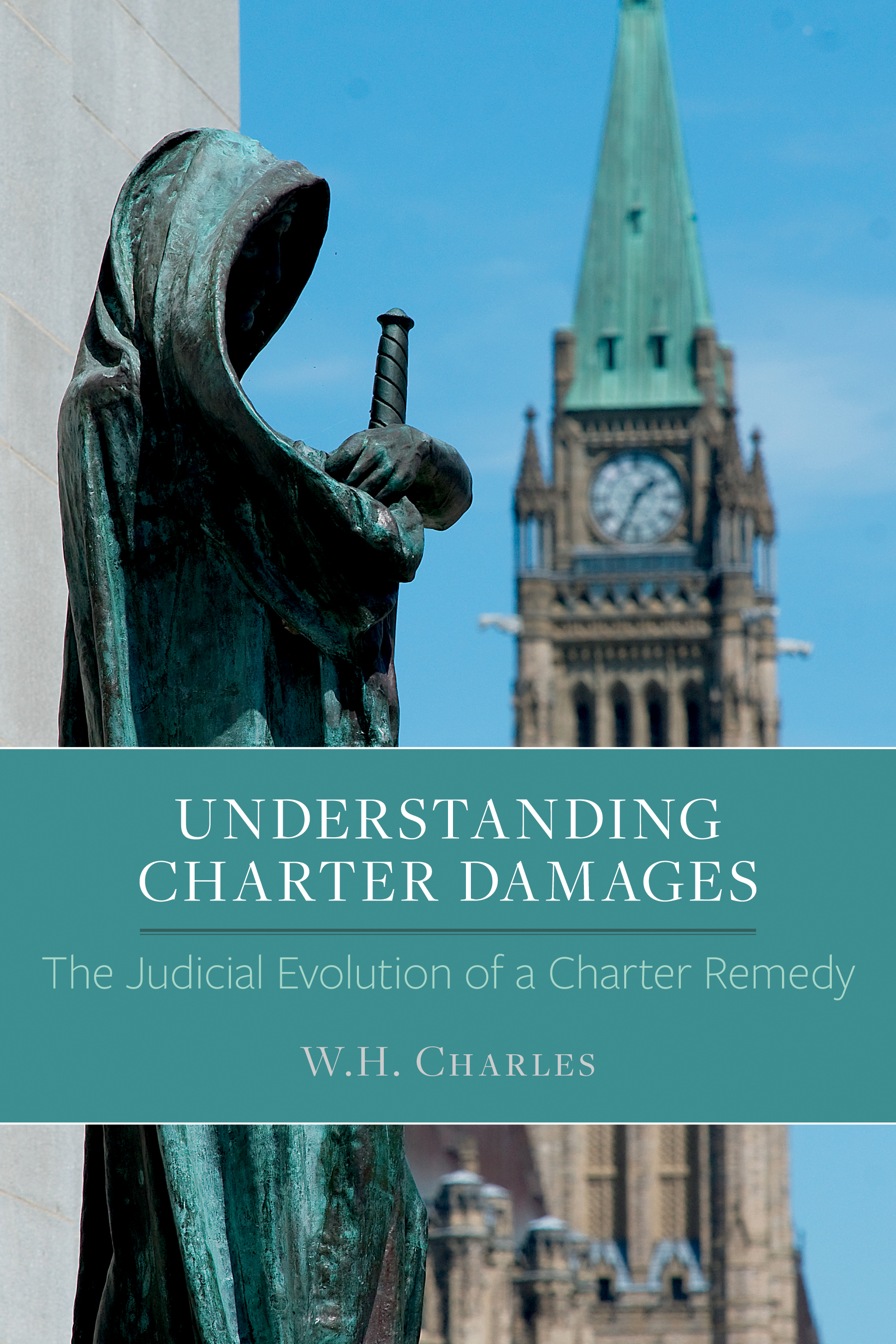Product Description
The Remaking of the Courts: Less-Adversarial Practice and the Constitutional Role of the Judiciary in Australia centres on the changing nature of courts within the Australian constitutional context. In essence, the monograph explores the degree to which less-adversarial innovations and the remodelling of the judicial role can be accommodated within Australia’s constitutional framework.
The work draws upon comparative principles, separation of powers, jurisprudence and the theoretical perspectives of constitutionalism and neo-institutionalism. By examining Chapter III of the Commonwealth Constitution, and applying Chapter III approaches to less-adversarial case-studies traversing state and federal fields, the book argues that less-adversarial judicial practices can be broadly accommodated by the Australian constitutional framework. However, the book asserts that the clarity and suitability of the Chapter III constitutional approaches employed would be significantly improved by the adoption of a ‘contextual incompatibility’ methodology which would protect the constitutional role of the courts while not forestalling constitutionally compatible reform.
Foreword by Emeritus Professor Tony Blackshield AO
Preface and Acknowledgements
Table of Cases
Table of Statutes
Introduction
PART I
1 The Context of Judicial Change and Less-Adversarial Practice
Introduction
1.1 Less-Adversarial Reform
1.2 The Catalysts for Less-Adversarial Processes
Conclusion
2 Neo-Institutionalism, Constitutionalism and the Nature of Institutional Change
Introduction
2.1 Neo-Institutionalism and Change
2.2 Less-Adversarial Change and Neo-Institutionalism
2.3 Less-Adversarial Change and Constitutional Legitimacy
Conclusion
3 Constitutional Foundations and Chapter III Precepts
Introduction
3.1 Federal Constitutional Principles
3.2 State Constitutional Precepts
Conclusion
PART II
4 Judicial Case Management and the Commonwealth Constitution
Introduction
4.1 The Rise of the ‘Sophisticated Art’ of Case Management
4.2 The Case Management Tightrope
4.3 Judicial Case Management in the Federal Sphere
4.4 Federal Constitutional Landscape and Judicial Case Management
4.5 Refocusing the Federal Constitutional Approach?
Conclusion
5 The Constitutionality of Judicial Mediation
Introduction
5.1 Judicial Mediation on the Agenda
5.2 What does Judicial Mediation Mean?
5.3 Judicial Mediation and the Constitutional Law Paradigm
5.4 Limitations and Safeguards for Judicial Mediation – A Constitutional Necessity?
Conclusion
6 Australian Drug Courts and their Constitutional Treatment
Introduction
6.1 The Drug Court Setting
6.2 Drug Courts and the State Constitutional Context
6.3 Difficulties with the State Constitutional Approach
Conclusion
PART III
7 Constitutional Reform
Introduction
7.1 The Problem with Boilermakers’
7.2 Why It Might ‘Not Matter Much Any More’
7.3 Conventional Scope of Judicial Power
Conclusion
8 Contextual Incompatibility – A New Approach
Introduction
8.1 Incompatibility?
8.2 Contextual Incompatibility – The Reformulation
8.3 Constitutional Acceptability of Contextual Incompatibility?
8.4 Appraising a Contextual Incompatibility Approach
Conclusion
Conclusion
Less-Adversarial Practice and the Constitutional Future of Contextual Incompatibility
Appendix
Less-Adversarial Justice Select Bibliography – Extended Bibliography
Index

